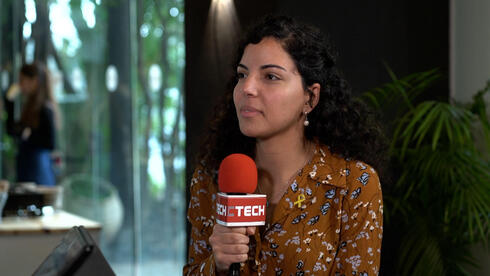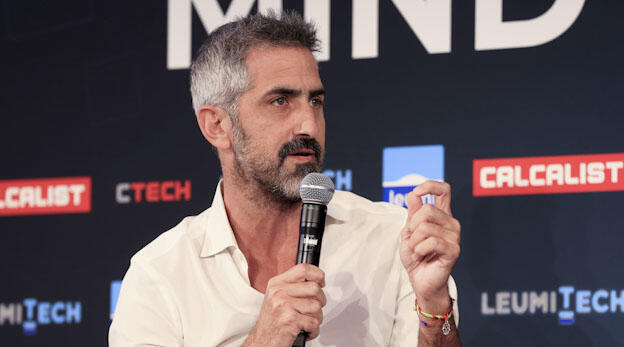
Pagaya investors face a triple hit: frozen redemptions, high fees, and poor returns
Consumer credit fund delivers just 5.8% over three years, while rivals surge ahead.
A performance summary of Pagaya Opportunity, the consumer credit fund operated by fintech firm Pagaya, reveals lackluster returns and growing investor frustration. According to a report obtained by Calcalist, the fund has underperformed alternatives in the past three years, while charging above-average fees and limiting investor withdrawals.
In 2024, the fund generated a modest return of 3.1%, following a negative return of 1.5% in 2023. Over the past three years, its cumulative return reached only 5.8%. In contrast, the Tel Bond 20 Index — a tradable debt-focused benchmark — delivered a return of 41.2% over the same period, seven times higher than Pagaya Opportunity. Meanwhile, the S&P U.S. Treasury Bond 1-3 Year Index rose 18.6% in dollar terms.
The investor report further shows that, as of the end of 2024, Pagaya Opportunity managed $741 million — about half of its peak assets under management (AUM), which stood at $1.4 billion in early 2021.
Pagaya, founded in 2016, is a fintech company known for its proprietary algorithm that re-underwrites consumer loans previously rejected by U.S. financial institutions. The technology is designed to offer borrowers access to credit while helping lenders reduce default rates. According to the company, the algorithm has analyzed $2.6 trillion worth of loans to date.
The Pagaya Opportunity fund, which primarily invests in loans originated using the parent company’s technology, operates exclusively in the U.S. and is open only to qualified investors. It represents a relatively small portion of Pagaya’s broader operations.
Since mid-2022, rising interest rates have prompted investors to shift funds into more conservative assets. Combined with the fund’s underwhelming returns, this has triggered significant redemption requests. In response, Pagaya has repeatedly modified its withdrawal policy based on available liquidity. As of 2025, investors may withdraw up to 8% of their invested capital each quarter.
The fund’s fee structure includes a 1.5% annual management fee on AUM and a 20% performance fee above a set hurdle rate. While its management fee is slightly below the industry standard of 2% for non-traded investments, investors are nonetheless concerned about the high cost relative to the fund’s returns.
Pagaya went public on Nasdaq in June 2022 at a valuation of $8.5 billion. As of early 2025, the company is trading at approximately $675 million — a steep decline that mirrors investor disappointment in both the company’s equity performance and the associated investment products.














